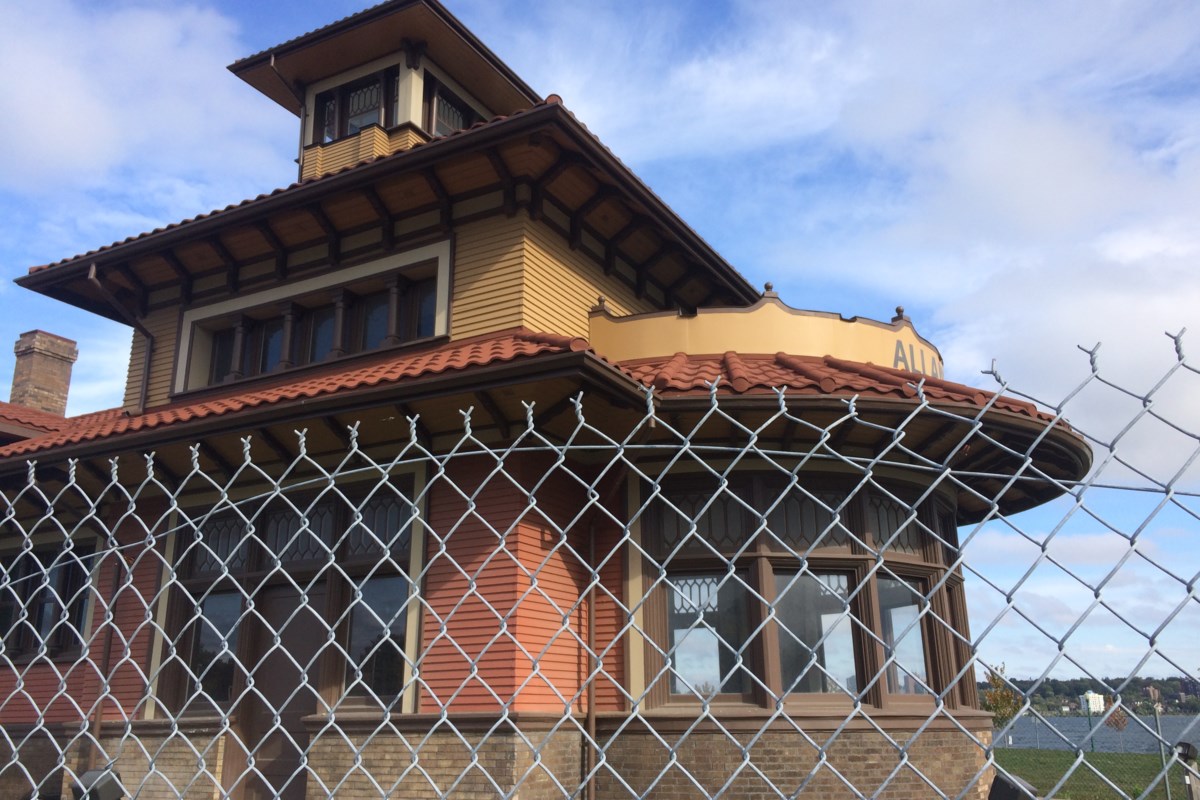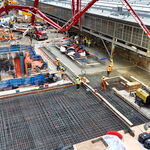Deadmans’ Pedals are obsolete, more likely the locos had Reset Safety Controls which are an electronic device that notices if the controls haven’t been touched for a period of time and intervenes to apply the brakes. Same principle, but they only activate after a period of inactivity, where the old deadman’s pedal starts to activate the moment the pedal is released.
The press release implies (this is my interpretation, not proven fact) that the accident investigation found that the brakes had been released inadvertently. The most plausible explanation for this is that the crew member may have snagged the brake lever on their body or clothing as they left the control stand to work on the ground. In the cramped confines of a licomotive cab, that’s easily done. The brake valve lever is very prominent, and brake valves are one of the bulkiest components in the cab. The lever releases in the direction that aligns to that explanation. The RSC would activate eventually, but not soon enough.
There have been attempts to redesign locomotive control stands over the years... these have largely failed, and tradition has sometimes won out over ergonomics. So the control stand still retains many attributes from the days of steam locomotives. Brake valves are placed for easy maintenance and for ease of reach while running...which places them in the way.
As to why an engineer would leave the cab.... if the track device that needs operating is adjacent to the licomotive, and the other crew member is at the other end of the train, it gets work done faster.
- Paul

www.barrietoday.com





